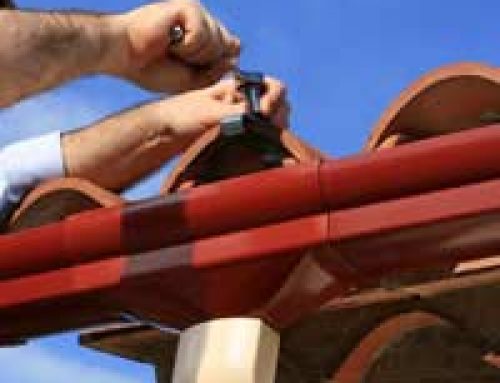
You may have already ordered your garden building, having chosen and decided on every important detail such as flooring material, roof tiles, timber paint colour, interior furnishing and even the smaller details such as window locks, door knobs and exactly which door mat you’ll have down. However, the chances are that if you’re reading this article, you still haven’t made one of the most significant decisions of all – choosing a site or location for your garden building.
This is so important because it can have an effect on how much you use the building, how much you enjoy the building, and how long the building actually lasts before you have to start seriously maintaining it or making repairs. There are several factors that need to be considered too, so it’s a good idea to address fundamental basics.
Why not try drawing up a list and answering a few questions that will help you site your garden building most appropriately. You could take a look at the information below and use it to make a checklist for each potential location for your garden building.
Planning Permission?
The first factor you should consider is whether or not your garden is going to need planning permission. Although the garden building itself may not require planning permission, if you choose to build or install it in certain locations, you might still have to apply. Garden buildings without sleeping quarters are classed as ancillary buildings, i.e. secondary to the main dwelling.
So if your garden building is under 30 square metres in floor area, under 4 metres high with a pitched roof, or 3 metres high with a flat roof, then the likelihood is that you won’t need planning permission. However, if it is over 10 cubic metres in volume and sited less than 5 metres from your house, then it will be treated as an extension and require planning permission. Likewise, if it is sited closer to a highway (i.e. path, bridleway or road) than the main house, then it will definitely require planning permission. In some circumstances, the garden building must be built more than 1 metre from a boundary wall or fence. But these aren’t necessarily true for every UK household; local planning by-laws can differ between districts, so it’s a good idea to contact your local planning office to find out your local basic planning regulations.
Weather
Another factor to consider is the weather – where the sun falls throughout the day in your garden, where prevailing winds tend to come from and whether certain parts of your garden are prone to damp or flooding. These are all important points, as they can have a huge bearing on the longevity of your garden building, particularly if it is constructed from timber. For instance, if the only space you have available is under thick evergreen trees where sunlight can’t penetrate, then you may find that your garden building is prone to damp. Likewise, if your garden building is sited on the most hot, sunny aspect of the garden, you may find that it gets simply too hot in high summer to be an enjoyable or useable space. The best idea is to find somewhere that has both sun and some shade throughout the day. Siting your garden building on higher ground or a slight slope will also discourage flooding and damp.
Electricity and Water
If you intend to install electricity and a water supply to your garden building, then it’s perhaps a good idea to site your building closer to the house. This avoids having to run pipes or cables through the garden, either attached to a wall or fence or run underground. The more wire or piping you need, the more chance you tend to have with something going wrong.
The same can be said for telephone and broadband cables. If you have a wireless Internet connection and intend to use it in your garden building, then it might be a case of working out exactly how far reaching and how strong the wireless signal is in certain parts of your garden. Solid objects can interrupt the signal, sometimes causing connection drops and slow downs.
Access
It is always a good idea to have good access around the whole building, in case you need to make repairs, alterations or carry out maintenance such as painting cladding or repointing brickwork. If you need to frequently come in and out of the building, why not consider locating it close to a path? This would avoid slippery, muddy patches in winter that could prove very troublesome!
Although your choosing of a site or location for your garden building may be limited, you should still take into consideration all the above points. You could also try thinking out of the box slightly – perhaps by cutting back a large shrub or rethinking your garden design could open up a plethora of different site opportunities. Getting to know your garden, what the soil is like and how adverse weather affects it is also a good idea that will help you to make the best decision for your space.





Leave A Comment